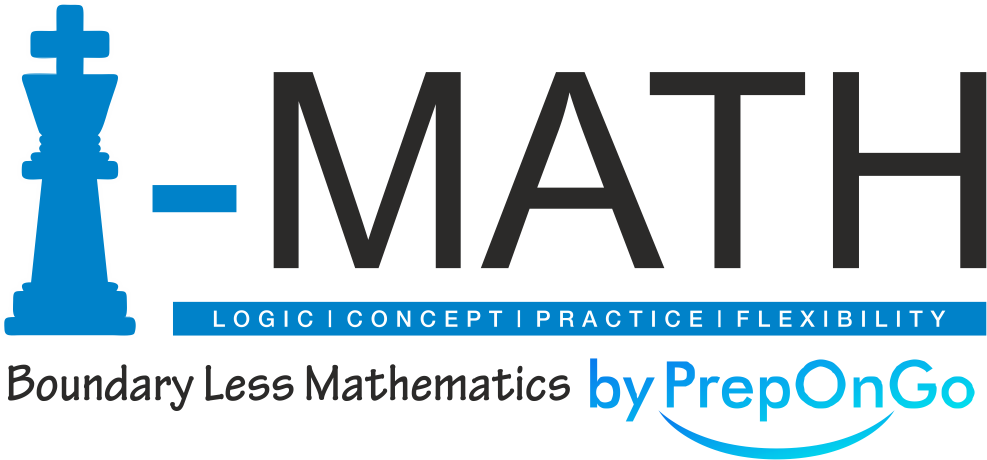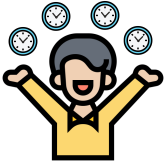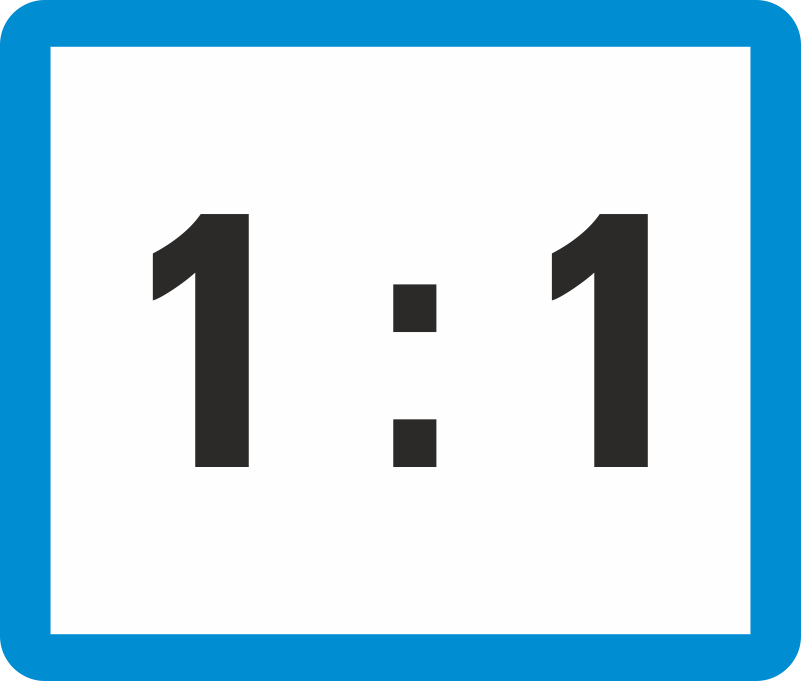Measurement Mania: Teaching Units of Measure and Their Conversions

Teaching children about units of measure and their conversions is a vital part of their math education. Understanding measurements helps kids make sense of the world around them, from cooking and crafting to playing sports and exploring nature. This blog post will delve into engaging ways to teach units of measure and their conversions, turning measurement mania into a fun and educational experience.
Why Learning Units of Measure is Important
Grasping units of measure and their conversions is essential for several reasons:
- Practical Applications: Everyday tasks, such as cooking or building, require knowledge of measurements.
- Problem-Solving Skills: Measurement activities enhance critical thinking and problem-solving abilities.
- Academic Success: Proficiency in measurements is crucial for success in math, science, and other subjects.
Fun Activities to Teach Units of Measure and Conversions
Here are some creative and engaging activities to help children understand units of measure and their conversions:
1. Cooking Up Math
Materials:
- Recipe cards
- Measuring cups and spoons
- Ingredients for a simple recipe
Instructions:
- Choose a simple recipe that involves measuring ingredients.
- Have the child measure out the ingredients, explaining the different units (cups, tablespoons, teaspoons).
- Discuss conversions, such as how many teaspoons are in a tablespoon.
Benefits: Cooking not only teaches measurements but also offers a practical application of math in everyday life.
2. Measurement Scavenger Hunt
Materials:
- Ruler, tape measure, or yardstick
- List of items to measure
- Notebook and pencil
Instructions:
- Create a list of items for the child to find and measure around the house or yard.
- Provide them with a measuring tool and a notebook to record their findings.
- Include a variety of units (inches, feet, centimeters) and encourage conversions between them.
Benefits: This activity makes learning measurements interactive and reinforces observational skills.
3. Water Play Measurement
Materials:
- Measuring cups and containers of various sizes
- Water
- A large basin or sink
Instructions:
- Fill various containers with water using different measuring cups.
- Have the child pour the water from one container to another, discussing the measurements and conversions (e.g., 1 cup = 8 ounces).
- Experiment with larger and smaller units to see how they relate.
Benefits: Hands-on water play makes learning about volume and capacity fun and memorable.
4. DIY Measurement Conversions Chart
Materials:
- Poster board or large paper
- Markers or crayons
- Ruler
Instructions:
- Create a conversion chart with the child, showing common measurement conversions (e.g., inches to feet, ounces to cups).
- Decorate the chart and display it in a visible place for easy reference.
- Use the chart during measurement activities to reinforce learning.
Benefits: Making a visual chart helps children memorize and understand conversions more easily.
5. Math Games and Apps
Materials:
- Access to a computer or tablet
- Educational math games or apps
Instructions:
- Let the child play these games to practice their measurement skills in an interactive way.
- Discuss the games and the measurement concepts they cover.
Benefits: Digital tools provide a modern and engaging approach to learning measurements.
Incorporating Real-Life Examples
Gardening: Measure the height of plants and track their growth over time, converting units as necessary. Building Projects: Use measurements in DIY projects, like building a birdhouse or a simple bookshelf. Shopping: Compare weights and volumes of products at the grocery store, discussing the different units used.
Conclusion
Teaching units of measure and their conversions doesn’t have to be a daunting task. By incorporating fun and engaging activities, you can turn measurement mania into an enjoyable learning experience for children. These hands-on methods not only help kids understand measurements but also show them the practical applications of math in everyday life.




